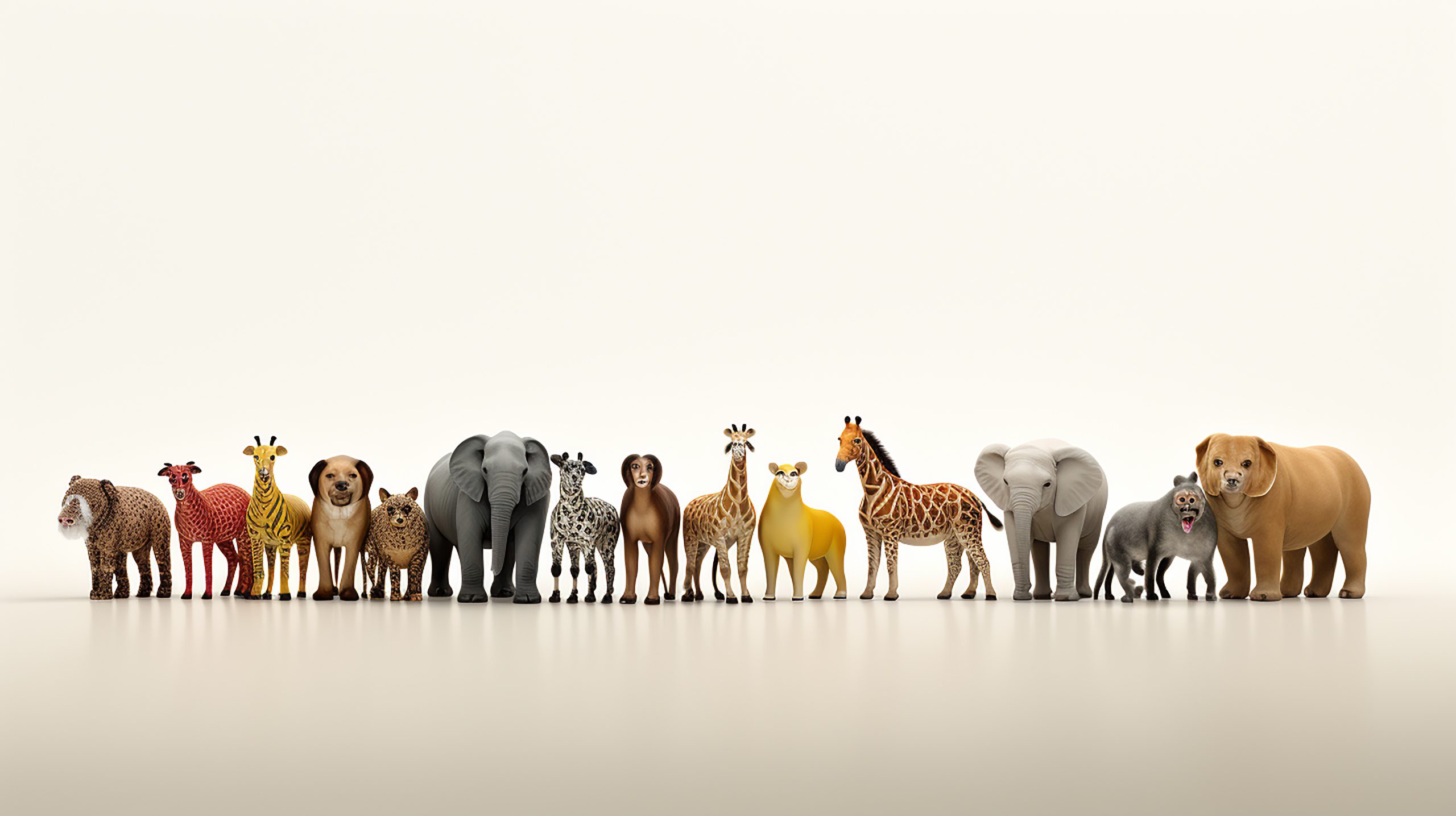Our projects for the Spring Term are “Winter” and “Animals from around the world”!
For the first part of the Spring Term we will be learning about ‘Winter time’!
When we first return to nursery after our Christmas break the weather is often cold and provides a great opportunity to talk to the children about the Winter and what sort of weather we normally experience during the colder months.
Although quite rare in the south of the UK, nothing is more exciting to young children than a snowy day!

We teach about winter in early years to help children understand their world, develop cognitive skills, and build a foundation for learning through hands-on experiences and seasonal observation.
It supports language development by introducing new vocabulary, fosters physical and social skills through winter play, and can enhance emotional well-being by connecting children with nature and encouraging resilience.
- Understanding the world: Children learn about the natural world and how it changes throughout the year, which helps them build a general understanding of their environment.
- Vocabulary expansion: Winter introduces new words related to weather, clothing, and seasonal changes, which supports language development.
- Descriptive language: Children are encouraged to use descriptive language as they talk about new sensations and textures, like the cold air or the feel of snow.
- Reinforcement: Winter-themed stories, songs, and activities help reinforce new linguistic connections.
- Independence: Learning to get dressed for cold weather and explore safely builds independence and confidence.
- Cooperation: Activities like building a snowman together provide opportunities for social interaction and cooperation.

- Resilience and well-being: Exposure to nature and physical activity, even in cold weather, can lower stress levels and improve mood and emotional regulation.
- Fine and gross motor skills: Activities like making crafts, tracing and sorting help develop both fine and gross motor skills.
- Encouraging activity: Winter can be a fun season for active outdoor play, which is beneficial for children’s health and development, even if the weather is cold.
This topic also gives us a great opportunity to teach the children about Hibernation in animals. This provides a fascinating look at a key survival strategy for many creatures like bears, hedgehogs, and bats and helps children to understand the “why” behind actions… to conserve energy when food is scarce.
Continuing with the animal theme….
For the second half of the Spring Term we will be learning about ‘Animals from around the world’!
Teaching young children about animals from around the world fosters empathy, respect for nature, and a sense of global citizenship. Learning about animals from different continents helps children understand that their own environment is just one small part of a much larger, diverse planet.
It encourages curiosity, provides hands-on learning opportunities, and helps children understand the world’s diversity and their own place within it.
From the animals we find in the steamy, wet rainforests to the arid deserts, high mountain peaks and the ice-cold poles. Children take great delight in discovering the types of animals that can be found, what they look like, what they eat and how they move about.
We can incorporate all of the great continents and show the children where we can find these on a world map.
Australia
North America

South America
Asia
The Arctic
Africa
And, of course, at home in the
United Kingdom
The children are always fascinated to hear about the creatures that are out and about when they are asleep in their beds…. nocturnal animals

We will be encouraging the children to talk about any animals they may have seen when visiting other countries, or in our own countryside and gardens at home. This helps build self-confidence and improves vocabulary.
This is also a great project for incorporating discussions about the things that make us different from, and often the same as animals. We encourage the children to observe the differences in animals’ skin, hair or fur; how many limbs they have; the sounds that they make; what they eat and how they look after their young. This leads to discussions about what makes us human and a greater self-awareness.


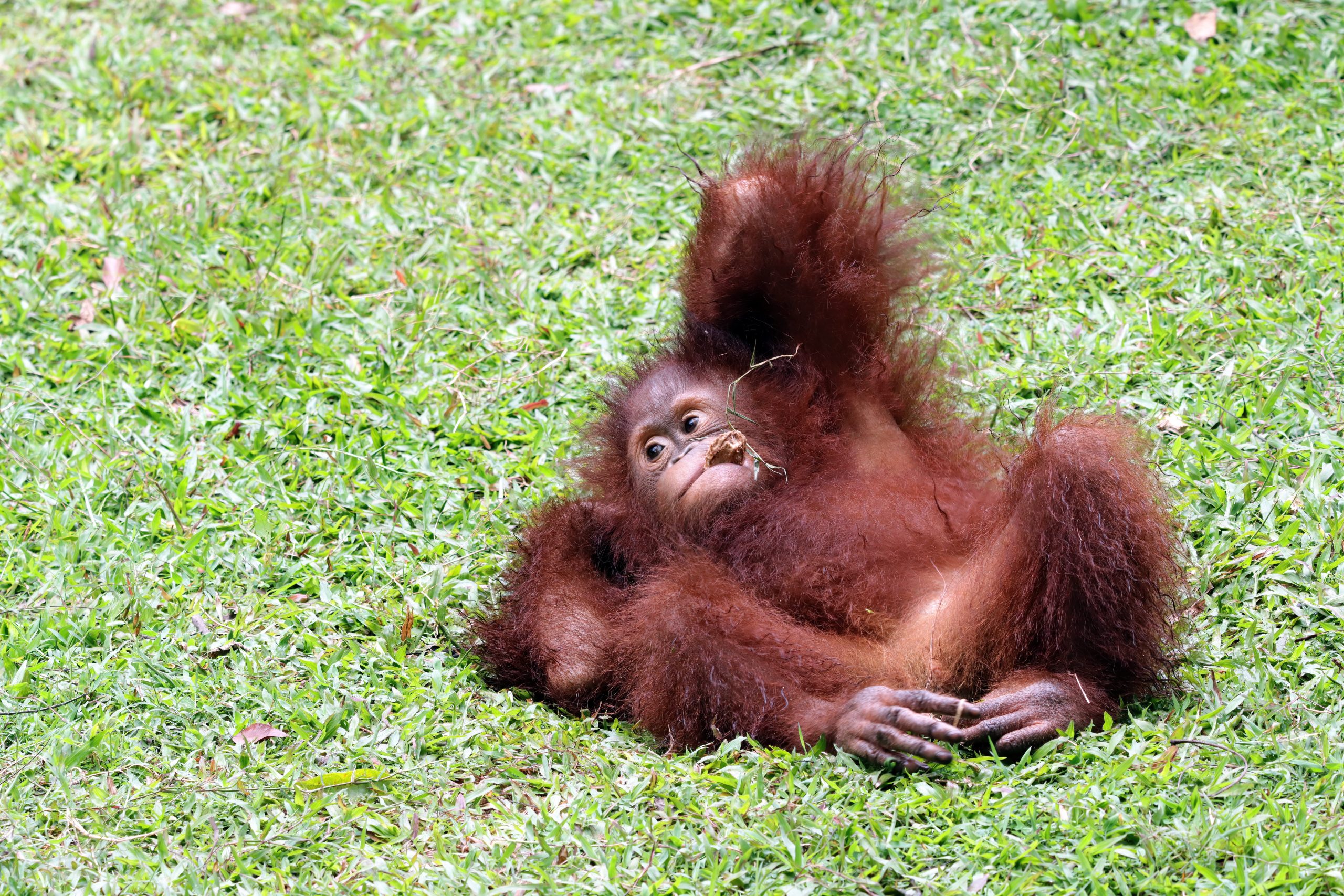
Comparing animal characteristics to human traits can help children understand what makes them unique while also recognizing their similarities with other living beings.
Children love to imitate the creatures they are learning about, and this project allows for lots of role play, song and dance and a vast array of interactive stories. The nursery will be full of the sounds of trumpeting elephants, howling wolves and squawking parrots! There will be lots of opportunities for physical play too, imitating the movements that animals make.
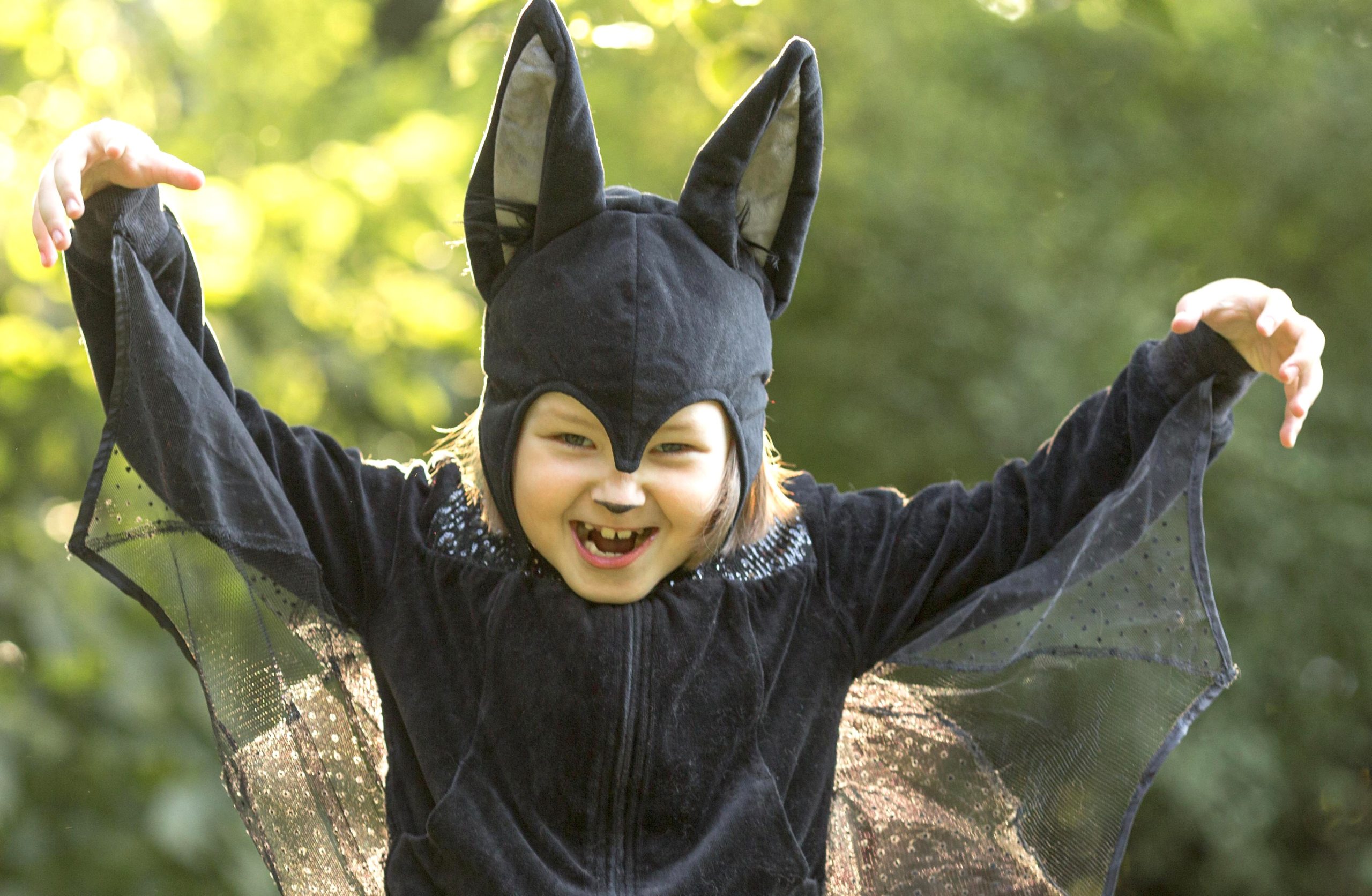
The children will be using their imaginations to create some of the animals they will be learning about using a wide range of arts and crafts media.


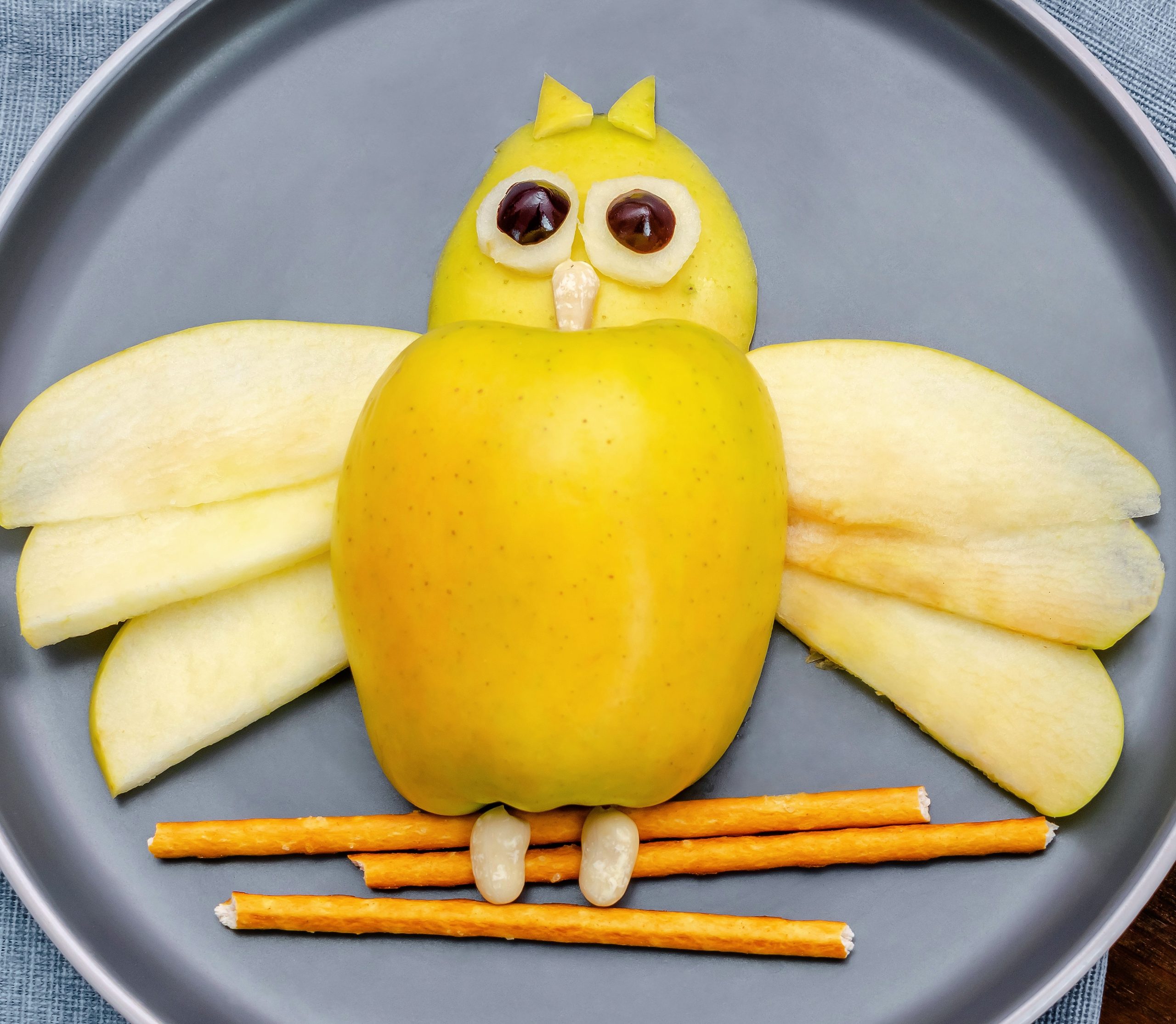
Face painting, mask making and small world play all lend themselves well to this project which is always extremely popular with our young learners.
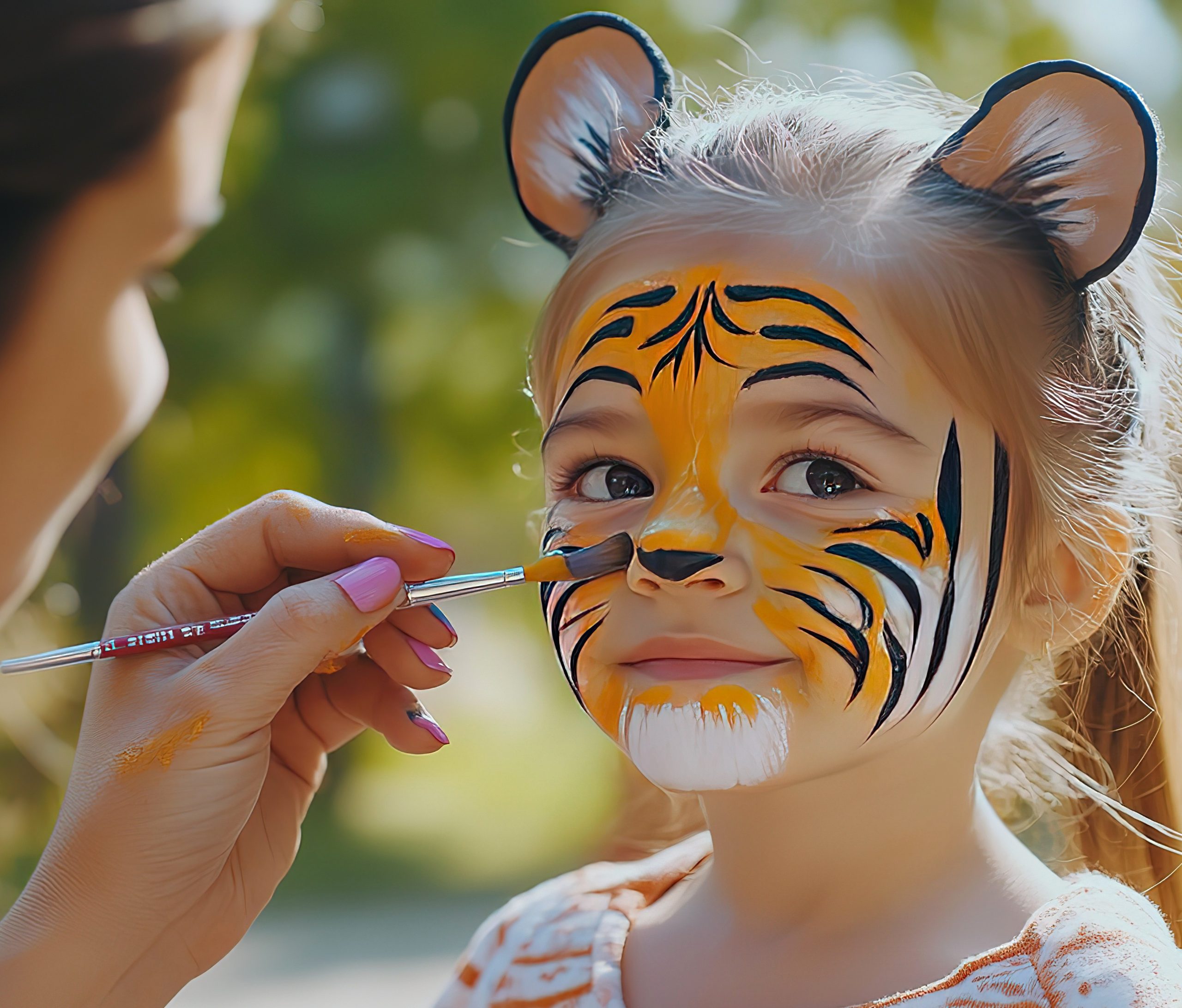
Our Zoolab workshop this term will complement our project very well, as the children will be able to handle, and learn about a variety of animals from different countries around the world.
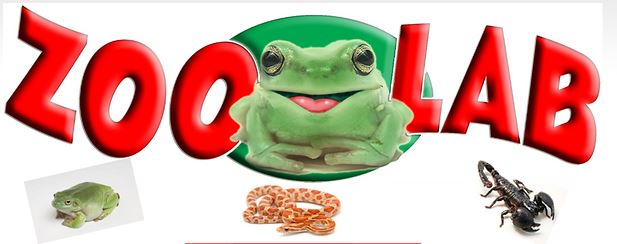
If any parents or relatives have connections with another country or have any experiences on their travels with photographs of animals, please do talk to a teacher about coming into nursery to share these with our children.
We would also love you to share any pictures of your child visiting a zoo or farm on their Tapestry and tell us which is their favourite animal for sharing at group time.
We’re looking forward to a whole world of animal adventures!
